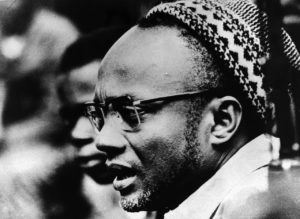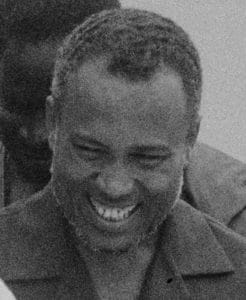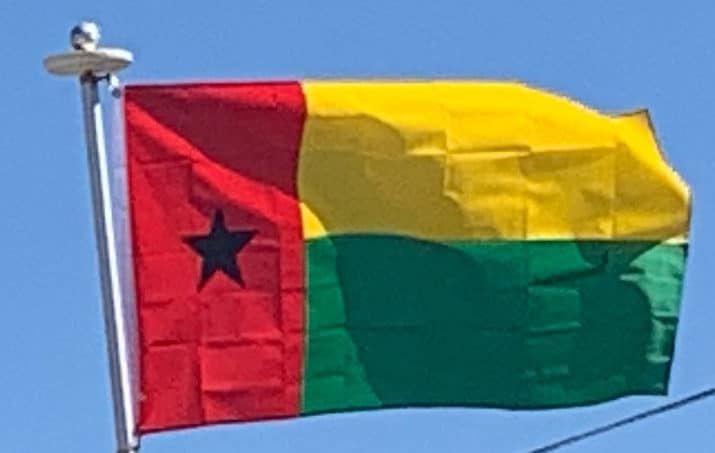Although the rivers and coast of this area were among the first places colonized by the Portuguese, who set up trading posts in the 16th century, they did not explore the interior until the 19th century. The local African rulers in Guinea, some of whom prospered greatly from the slave trade, controlled the inland trade and did not allow the Europeans into the interior. They kept them in the fortified coastal settlements where the trading took place. African communities that fought back against slave traders also distrusted European adventurers and would-be settlers. The Portuguese in Guinea were largely restricted to the ports of Bissau and Cacheu. A small number of European settlers established isolated farms along Bissau’s inland rivers.
For a brief period in the 1790s, the British tried to establish a rival foothold on an offshore island, at Bolama. But by the 19th century the Portuguese were sufficiently secure in Bissau to regard the neighboring coastline as their own special territory, also up north in part of present South Senegal.
An armed rebellion, begun in 1956 by the African Party for the Independence of Guinea and Cape Verde (PAIGC) under the leadership of Amílcar Cabral gradually consolidated its hold on the then Portuguese Guinea.

Unlike guerrilla movements in other Portuguese colonies, the PAIGC rapidly extended its military control over large portions of the territory, aided by the jungle-like terrain, its easily reached borderlines with neighboring allies, and large quantities of arms from Cuba, China, the Soviet Union, and left-leaning African countries. Cuba also agreed to supply artillery experts, doctors, and technicians. The PAIGC even managed to acquire a significant anti-aircraft capability in order to defend itself against aerial attack. By 1973, the PAIGC was in control of many parts of Guinea, although the movement suffered a setback in January 1973 when Cabral was assassinated.
Independence (1973):
Independence was unilaterally declared on 24 September 1973, which is now celebrated as the country’s Independence Day, a public holiday. Recognition became universal following 25 April 1974 socialist-inspired military coup in Portugal, which overthrew Lisbon’s Estado Novo regime.
Luís Cabral, brother of Amílcar and co-founder of PAIGC, was appointed the first President of Guinea-Bissau.

Following independence, the PAIGC killed thousands of local Guinean soldiers who had fought alongside the Portuguese Army against the guerrillas. Some escaped to settle in Portugal or other African nations. One of the massacres occurred in the town of Bissorã. In 1980 the PAIGC acknowledged in its newspaper Nó Pintcha (dated 29 November 1980) that many Guinean soldiers had been executed and buried in unmarked collective graves in the woods of Cumerá, Portogole, and Mansabá.
The country was controlled by a revolutionary council until 1984. The first multi-party elections were held in 1994. An army uprising in May 1998 led to the Guinea-Bissau Civil War and the president’s ousting in June 1999. Elections were held again in 2000, and Kumba Ialá was elected president.
In September 2003, a military coup was conducted. The military arrested Ialá on the charge of being “unable to solve the problems”. After being delayed several times, legislative elections were held in March 2004. A mutiny of military factions in October 2004 resulted in the death of the head of the armed forces and caused widespread unrest.
Vieira Years:
In June 2005, presidential elections were held for the first time since the coup that deposed Ialá. Ialá returned as the candidate for the PRS, claiming to be the legitimate president of the country, but the election was won by former president João Bernardo Vieira, deposed in the 1999 coup.
